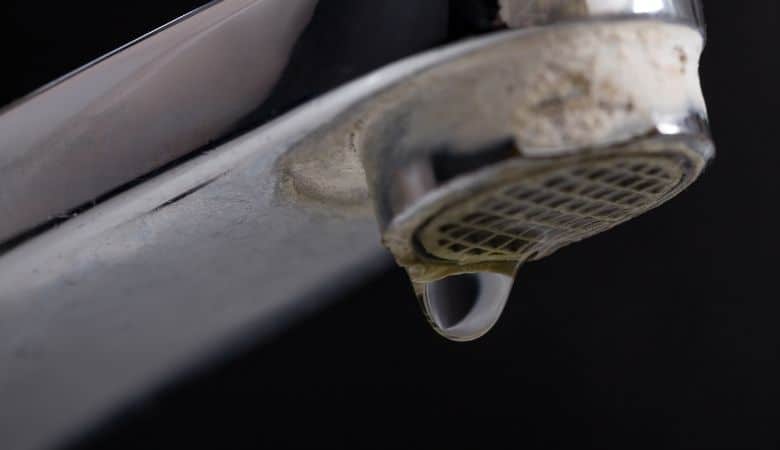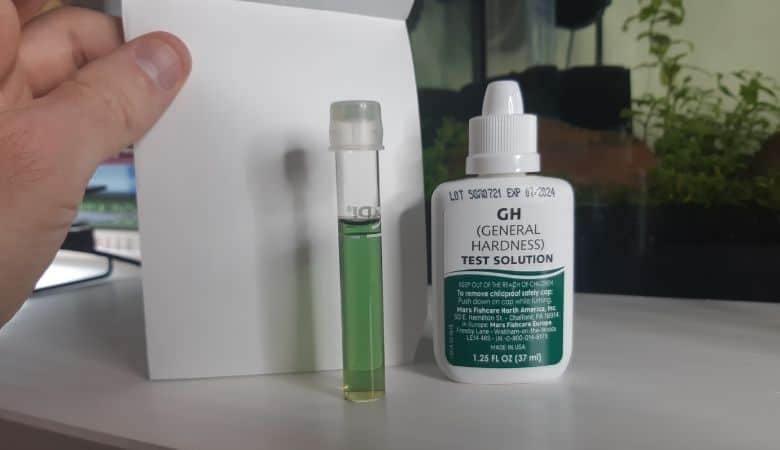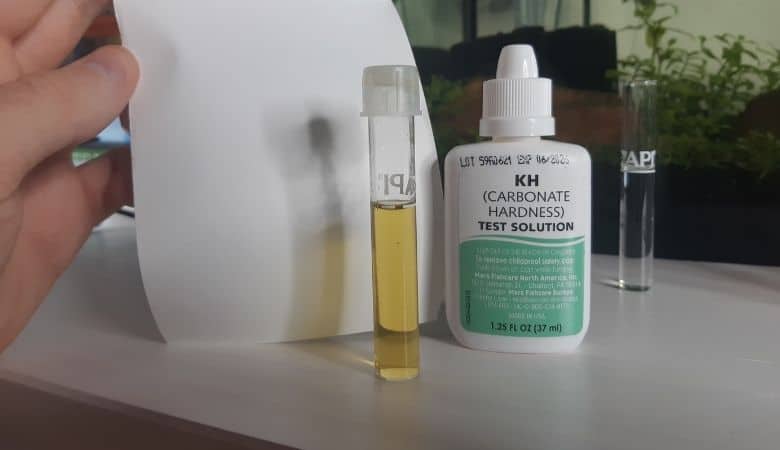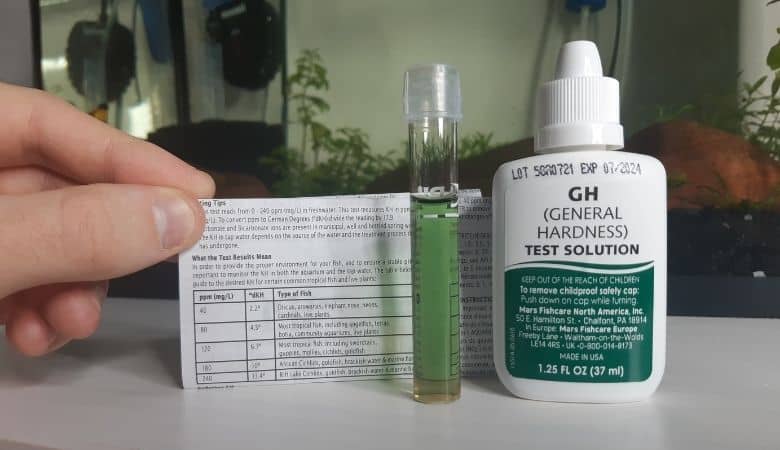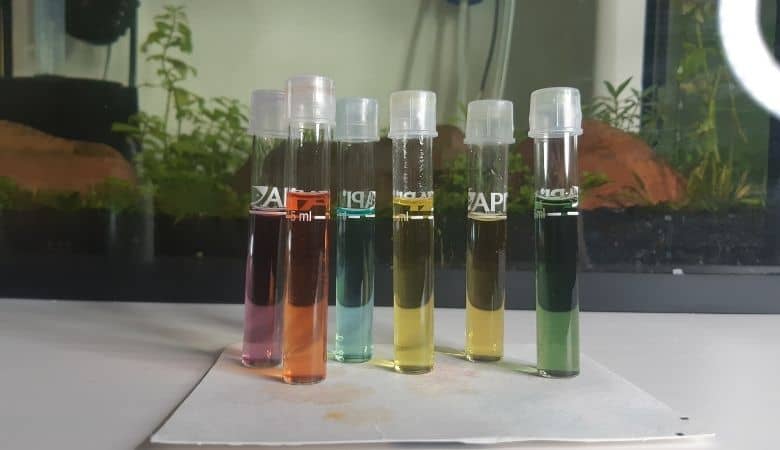When it comes to planted aquariums, tap water is a popular choice for many aquarists. Tap water can be inexpensive and easy to manage, but there are some things you should know before using it in your planted tank.
Can you use tap water for a planted aquarium? Tap water is safe to use in a planted aquarium and with fish, as long as the water has been dechlorinated and has the right water parameters. It’s important to choose aquatic plants and fish species that are suitable for your tap water’s pH and KH levels.
In this article, we’ll cover the pros and cons of tap water usage as well as some tips on how to use it responsibly.
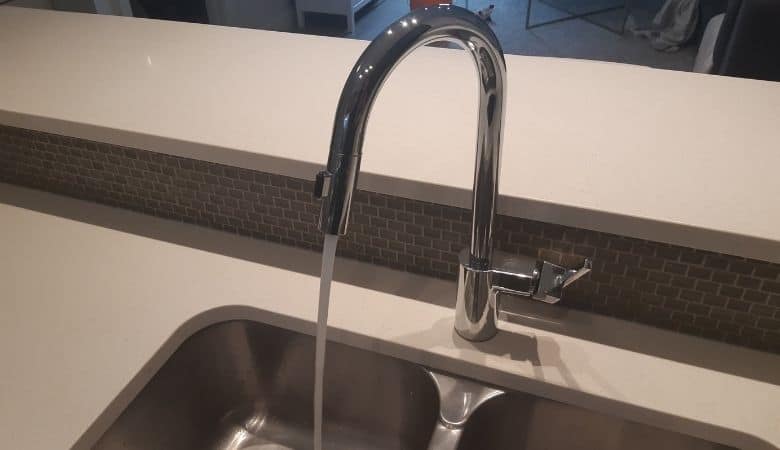
Contents
- 1 How does tap water affect a planted freshwater aquarium?
- 2 What water parameters are important for aquatic plant growth?
- 3 What are ideal water parameters for aquatic plants?
- 4 Consult your plant retailer for species-specific plant requirements
- 5 How to test your water parameters
- 6 Examine your municipal tap water report for additional water chemistry information
- 7 What to do if your tap water doesn’t have ideal water parameters
How does tap water affect a planted freshwater aquarium?
Tap water contains varying amounts of minerals and chemicals that are important for healthy plant and fish development. These are commonly referred to as “water parameters.”
Water parameters affect how successfully aquatic plants can absorb nutrients from the water column. More specifically, it affects whether or not these nutrients can dissolve into water.
If they cannot dissolve then aquatic plants are unable to absorb them and benefit from their nutrients.
Because of this, most plants are more sensitive to water parameters because they are more demanding of certain macronutrients.
Tap water also affects the rate of metabolism in aquatic plants.
What water parameters are important for aquatic plant growth?
pH, KH, GH and temperature are the most important water parameters that affect aquatic plant growth.
pH effects which plant nutrients will dissolve in water
Plants absorb nutrients such as potassium, iron, magnesium, manganese and other minerals to develop roots, leaves and other plant tissues.
These nutrients must dissolve into water to be absorbed and utilized by the plant. This happens naturally for most plant nutrients at pH levels between 6.5 and 7.5.
When the water has a pH outside of this range, certain plant nutrients are no longer soluble, which means plants can no longer absorb them. This may cause some plants to lack nutrients important for their growth and development.
Iron is a great example of this.
It is a particularly important nutrient for aquatic plants because it is used to develop chlorophyll – the receptors that absorb energy from light. However, only small amounts of iron are soluble in pH above 4.0, making it especially sensitive to pH levels.
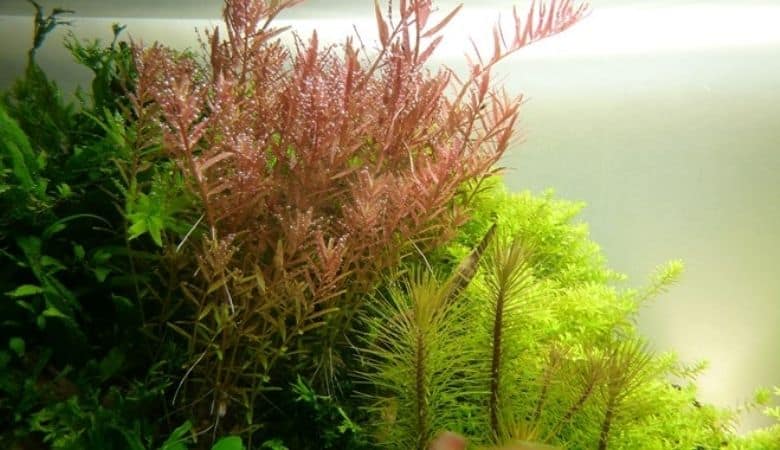
Oftentimes iron-demanding aquatic plants will not flourish in pH above 8.0.
Iron deficiency is usually expressed through the yellowing of leaves and dark leaf veins. Iron is immobile, meaning it cannot be transferred from one part of a plant to another.
This means you will likely observe the yellowing of newly grown leaves.
It’s important to understand that pH is measured using a negative logarithmic scale. This means that each number on the pH scale increases by a factor of 10.
For example, a pH of 6.0 is ten times more acidic than a pH of 7.0 and 1,000 times more acidic than a pH of 8.0.
KH keeps aquatic plants safe by maintaining a stable pH level
KH, also known as carbonate hardness, measures compounds that prevent aquarium pH from fluctuating.
This is due to KH’s ability to absorb and release hydrogen ions (H+) when their concentration changes.
The carbonates and bicarbonates that makeup KH do not directly affect plant growth. Stable pH levels are what’s most important, which is why KH is indirectly important as well.
GH provides aquatic plants with some useful nutrients
GH, or general hardness, measures the concentration of calcium and magnesium ions in an aquarium.
While these nutrients are beneficial for plant development, GH levels are not substantially important for planted tanks. GH is very important for certain fish species that require hard water though, such as livebearers and cichlids.
Calcium and magnesium come from rocks that are present in rivers and other common municipal water sources. Your geographic location will determine how much general hardness your tap water contains.
Warm water increases the metabolism of aquatic plants and freshwater fish
Warm water increases the rate of metabolism in aquatic plants.
In other words, it speeds up the rate at which plants consume energy. This also increases the rate at which plants demand energy as well.
This means that increased aquarium water temperatures may require additional light and CO2 to sustain optimal plant growth.
Water conditioners remove heavy metals and toxins that hurt aquatic plants
Tap water that is sourced from rivers can contain trace amounts of heavy metals and chlorine. Some of these metals can cause adverse effects to both aquatic plants and freshwater fish.
This is why many fish keeping experts recommend adding dechlorination products to remove these harmful chemicals.
Most fishkeepers add de-chlorinator to remove chlorine from tap water so it doesn’t kill beneficial aquarium bacteria. You may have also heard de-chlorinators referred to as “water conditioners.”
Certain dechlorination products, such as Seachem Prime, remove chlorine, heavy metals and other toxins from your tap water.
What are ideal water parameters for aquatic plants?
Each of our tap water sources will have varying water parameters. No two water sources are the same.
A pH level between 6.0 and 7.5 allows most plant nutrients to become soluble
This pH range is considered to be fairly neutral and where most aquatic plants grow best. This is because most of the important plant nutrients are soluble in this pH range.
This means your tap water will not prevent your plants from obtaining the necessary nutrients to grow and prosper. However, you may be required to supplement nutrients your tap water does not naturally contain.
A dKH above 5, or a KH above 89 ppm, is best for resisting pH swings
Generally speaking, a higher concentration of carbonate hardness is beneficial for most planted aquariums.
As KH increases, so will your pH. So you may be limited to a certain KH if you need to stay within a specific pH range.
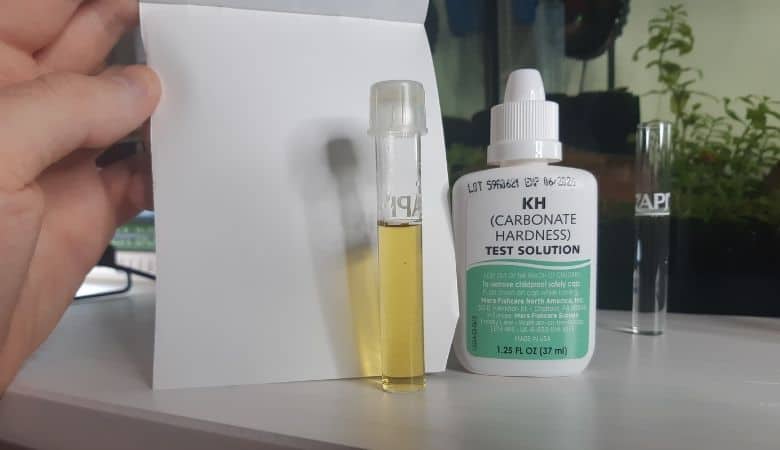
A dKH of at least 5 should be sufficient to maintain a stable pH for a thriving planted freshwater tank.
A dGH above 3, or a GH above 53 ppm, is best for aquatic plants
As we discussed above, general hardness is less important for aquatic plant health. Some hardness is useful, so a dGH of 3 or greater is beneficial.
Make sure you pay closer attention to your GH when selecting fish though, as they are more sensitive to water hardness.
A water temperature between 72° to 82° F, or 22° to 28° C, is best for aquatic plants
A typical tropical freshwater aquarium will require a heater to maintain a warmer water temperature. This is likely more beneficial for the fish than the plants.
72° to 82° F, or 22° to 28° C, is generally a common range for most aquatic plants and tropical fish to thrive in. Research before purchasing plants or fish to make sure.
Consult your plant retailer for species-specific plant requirements
When buying fish and plants, seek advice on desired parameters.
In my experience, it’s not worth the frustration and wasted money trying to force a soft-water plant to grow in hard-water conditions. You will have more success and fun when you create a planted aquarium based on your existing water parameters.
Most aquatic plant retailers offer water parameter suggestions for each of their products. Use these guidelines, as well as your own research, to make great choices!
How to test your water parameters
A liquid test kit, such as API’s Freshwater Liquid Test Kit, is the most accurate method for testing water parameters in my experience.
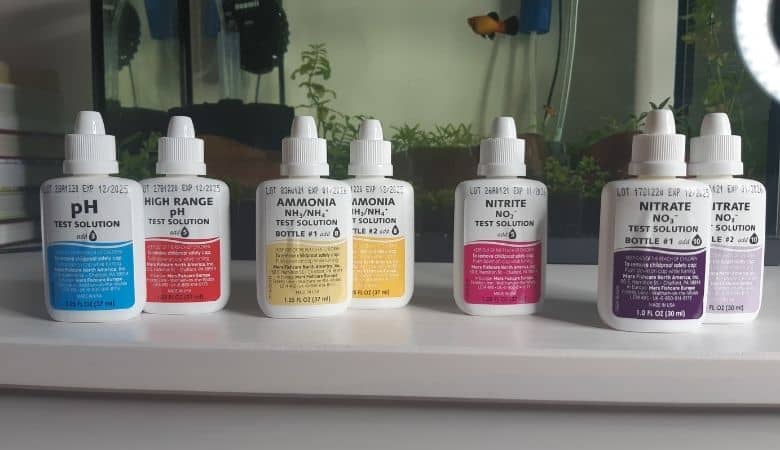
The API test kit contains tests for pH, ammonia, nitrite and nitrate.
You will also require a separately sold GK and HK test kit if you want to test GH and KH.
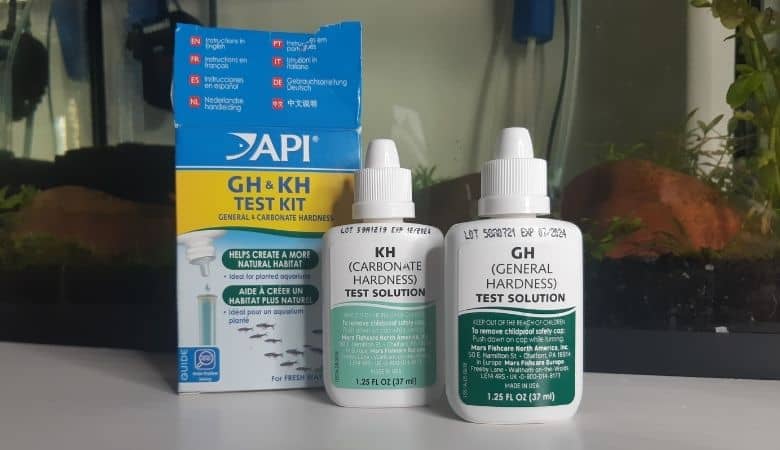
For water temperature, I have a 50W aquarium heater in my 10-gallon tank that comes with a digital thermometer.
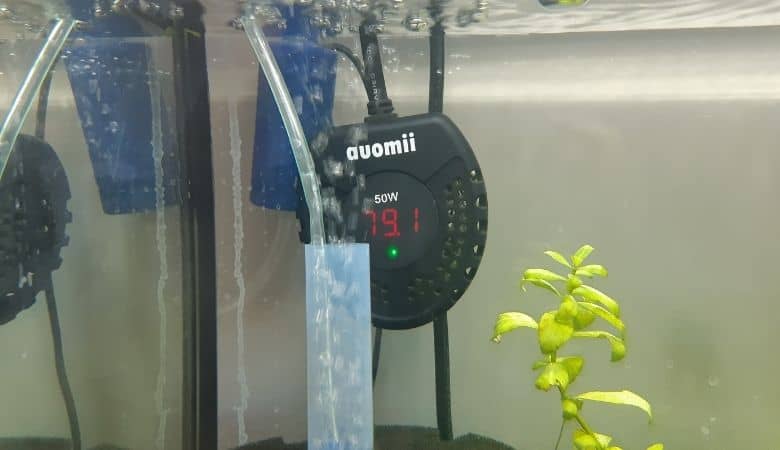
Examine your municipal tap water report for additional water chemistry information
You can also lookup your local water report to learn more information about your local water chemistry.
For example, the City of Calgary publishes seasonal water parameter information for each of the two water treatment plants in my city.
I don’t recommend relying just on the water report because your tap water may differ slightly.
It’s worth testing your tap water regularly to verify your parameters. As the Calgary water report above shows, water parameters typically fluctuate each month.
Also, the city will occasionally mix water from multiple water treatment plants when there is higher demand in certain parts of the city.
What to do if your tap water doesn’t have ideal water parameters
Many people’s tap water doesn’t fall within the ideal parameters listed above. This is perfectly fine!
Remember that these are general parameter ranges that a majority of plants will grow well in. There are tons of plants that will grow well in your unique water conditions.
Here are some things to consider:
Find plants that will thrive in your conditions
You will have more success and fun growing plants that are suitable for your local tap water.
When I first started, I tried growing plants that were unlikely to grow well in my tap water. I thought that these parameters were just recommendations and that surely plants would grow to some degree in my water.
My tap water has 8.2 pH, 7 dKH and 12 dGH. These hard water conditions make it pretty difficult for many plants to thrive.
Sure enough, my rotala rotundafolia stem plants suffered. I ended up removing them all about a month later.
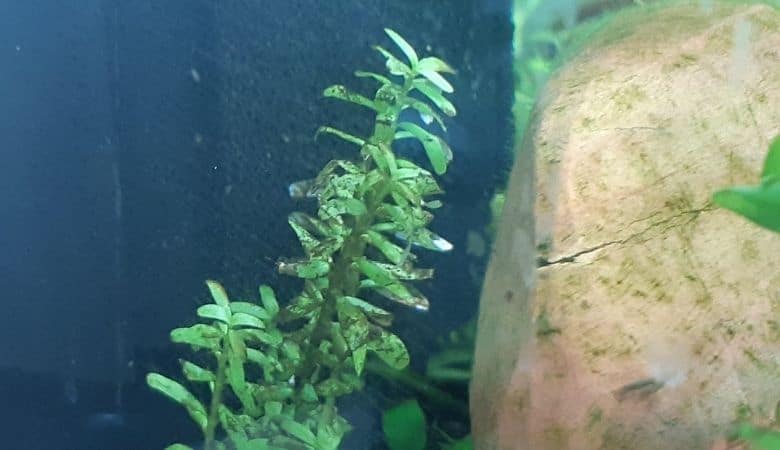
I replaced them with water wisteria and hygrophilia polysperma, which are much hardier and capable of surviving in hard water.
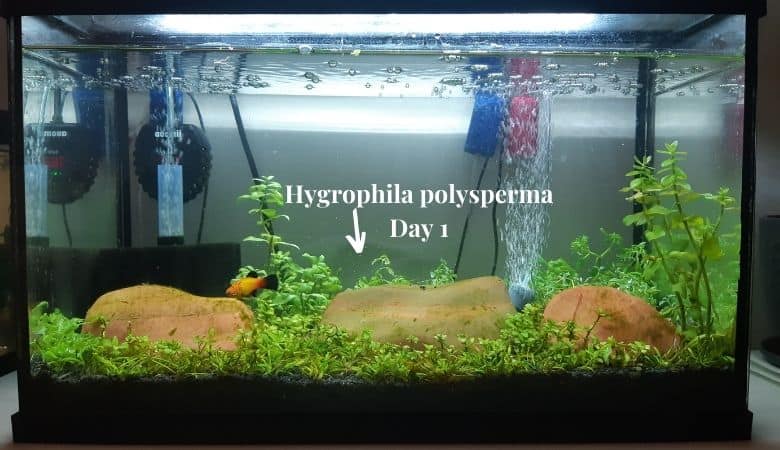
Both of these species grew rapidly within a few weeks.
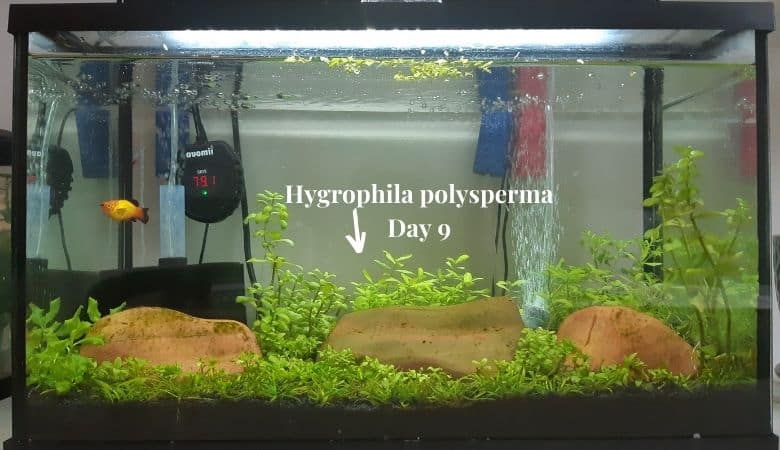
Increase your pH, KH and GH using crushed coral
If your water is a little too soft, you can try adding crushed coral to increase the KH and pH.
You can simply add a small amount of the crushed coral directly on top of your substrate. Or you can put some in a filter media bag so it doesn’t scatter around your fish tank.
Important: Do not attempt to alter your water parameters while fish are in the tank. The fluctuations will cause stress and increase the likelihood of disease.
Decrease your pH, KH and GH using RO water
You can use reverse-osmosis water to soften your water. RO water has all of the minerals and buffering capacity stripped out.
This means it has a 7.0 pH, 0 dKH and 0 dGH.
If you choose to exclusively use RO water then you need to make sure you remineralize it (increase the KH and GH) so it’s able to resist pH swings.
You could also use RO water to dilute your hard tap water, landing somewhere in between. With this method, you have to be careful that you accurately match your fish tank’s parameters when doing water changes.


